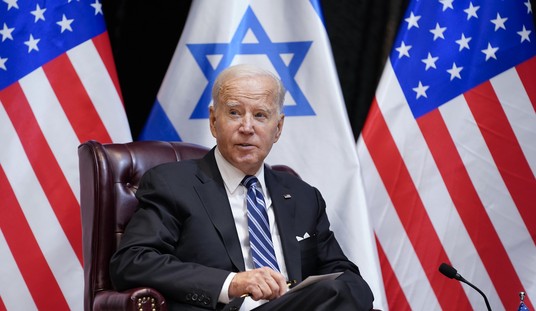LUSAKA -- It is one measure of American influence that a meeting in the White House can affect the traffic in Lusaka.
About a year and a half after the 2002 Oval Office policy session in which the President's Emergency Plan for AIDS Relief (PEPFAR) -- the largest effort to fight a single disease in history -- was outlined in a black briefing book, Dr. Jeffrey Stringer received a call from an American embassy official. Stringer, the director of the Center for Infectious Disease Research in Zambia (CIDRZ), was asked if he could put 1,000 people on AIDS treatment within two months -- a nearly impossible request.
Stringer and his team, lacking office space, put up tents in which to meet with patients. Without sufficient staff, the work of doctors was performed by physician's assistants, the work of physician's assistants by nurses. People already on treatment took the blood pressure of new patients. Working around the clock, the goal was met.
By July of this year, CIDRZ will have 100,000 patients on AIDS treatment -- twice the number treated in all sub-Saharan Africa just five years ago. About half the people in Zambia who need AIDS drugs are currently receiving them, largely because of PEPFAR -- one of the most remarkable achievements in the history of public health.
Stringer also talks of a more subjective measure of success. Five years ago, when driving across Lusaka, he would need to leave himself extra time to navigate the traffic jams created by regular funeral processions. Now it is no longer necessary.
It is sometimes asserted that this massive effort to treat AIDS in Africa pulls health professionals away from other fields, or that funds might be better spent on other health priorities. But these arguments make little sense in a place such as Zambia, where one in six people is infected with HIV. Stringer estimates that a Zambian boy of 15 today has a 70 percent chance of getting the disease over his lifetime. "If we don't deal with this," says Stringer, "there is no point dealing with diabetes or tropical diseases."
The ultimate answer is AIDS prevention. But this is a long-term goal. Since the virus can take eight to 10 years to develop into AIDS, there is a massive queue of people who will need treatment, even if premarital abstinence and marital faithfulness and condom use were suddenly universal, or if an AIDS vaccine were developed tomorrow.
Recommended
Meanwhile, the untreated pandemic of the 1980s and '90s has acted like a generational neutron bomb, killing many in the prime of life. Visiting the "compounds" of Lusaka -- dense slums of small houses, dirt streets and beer halls -- it is common to find households composed entirely of grandparents and grandchildren. A generation is missing.
In these places, it is possible to see an immense drama in a small room. During one visit, I met a grandmother, Maidaka, and her granddaughter Enelesi. Enelesi had been born in the sitting room where we talked. Her father and aunt had died of AIDS in the bedroom behind a curtain. Enelesi sleeps in the sitting area, because a room in which relatives have died is traditionally kept empty. From the age of 15, she took care of her grandmother, but then came down with AIDS herself. Her breathing rattles with tuberculosis. She shows a sore on the side of her breast that could be cancer. Food comes only from friends and well-wishers.
America and other wealthy nations have responded to this kind of suffering with medicine, and Enelesi is now on AIDS treatment. But African society has responded with a hopeful social movement. Enelesi is visited twice a week by a caregiver from a small faith-based group called God Our Hope. These volunteers -- uniformly poor themselves -- bathe patients, sweep the floors, provide fresh linen, distribute food and malaria nets, and bring patients to the hospital on the back of bicycles. They also pray and read the Bible with people in need of comfort. The founder of God Our Hope, a pastor's wife of boundless energy named Lister Chingangu, explains, "When we say we live by faith, it is not a joke."
More than 15,000 volunteers in groups such as God Our Hope -- trained and organized in a network called RAPIDS -- reach 200,000 homes across Zambia. Not even the miracles of medicine are more impressive than the generosity of the poor.
And by supporting this movement, PEPFAR is making an important statement: that the next step in the AIDS crisis is not only to provide healing medicine but to help wounded communities heal themselves.

























Join the conversation as a VIP Member